Dress code
White tie
There is no more formal dress code than White Tie, which follows very strict rules. You will encounter it at the most social evening events such as formal galas, balls at the opera, state events or royal weddings.
Women wear long evening or ball gowns. Dresses can be very flashy and flamboyant in a variety of colours and decors. Evening gloves overlapping the elbows, luxurious jewelry, headbands, and a handkerchief should also be considered appropriate accessories.
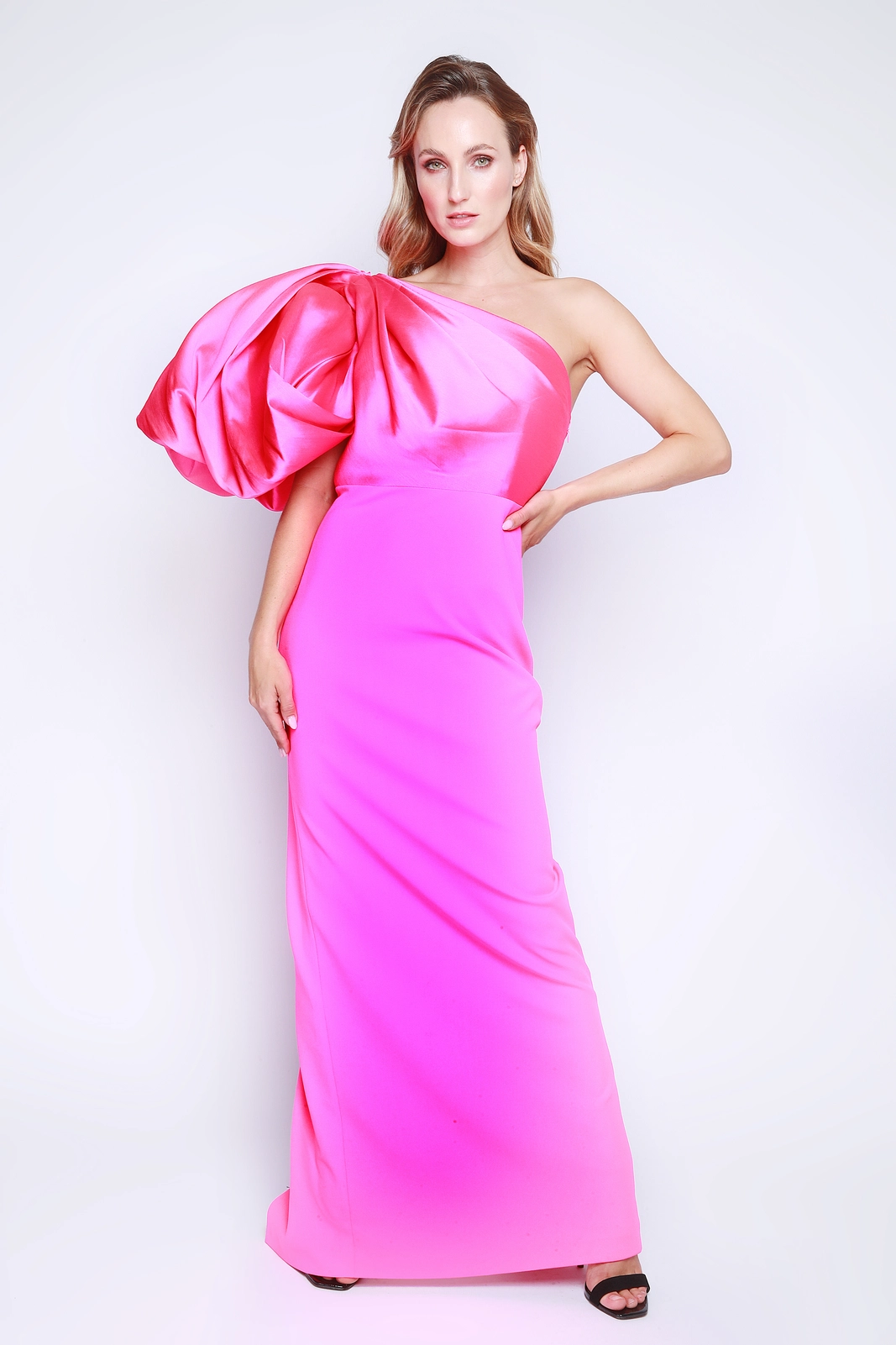
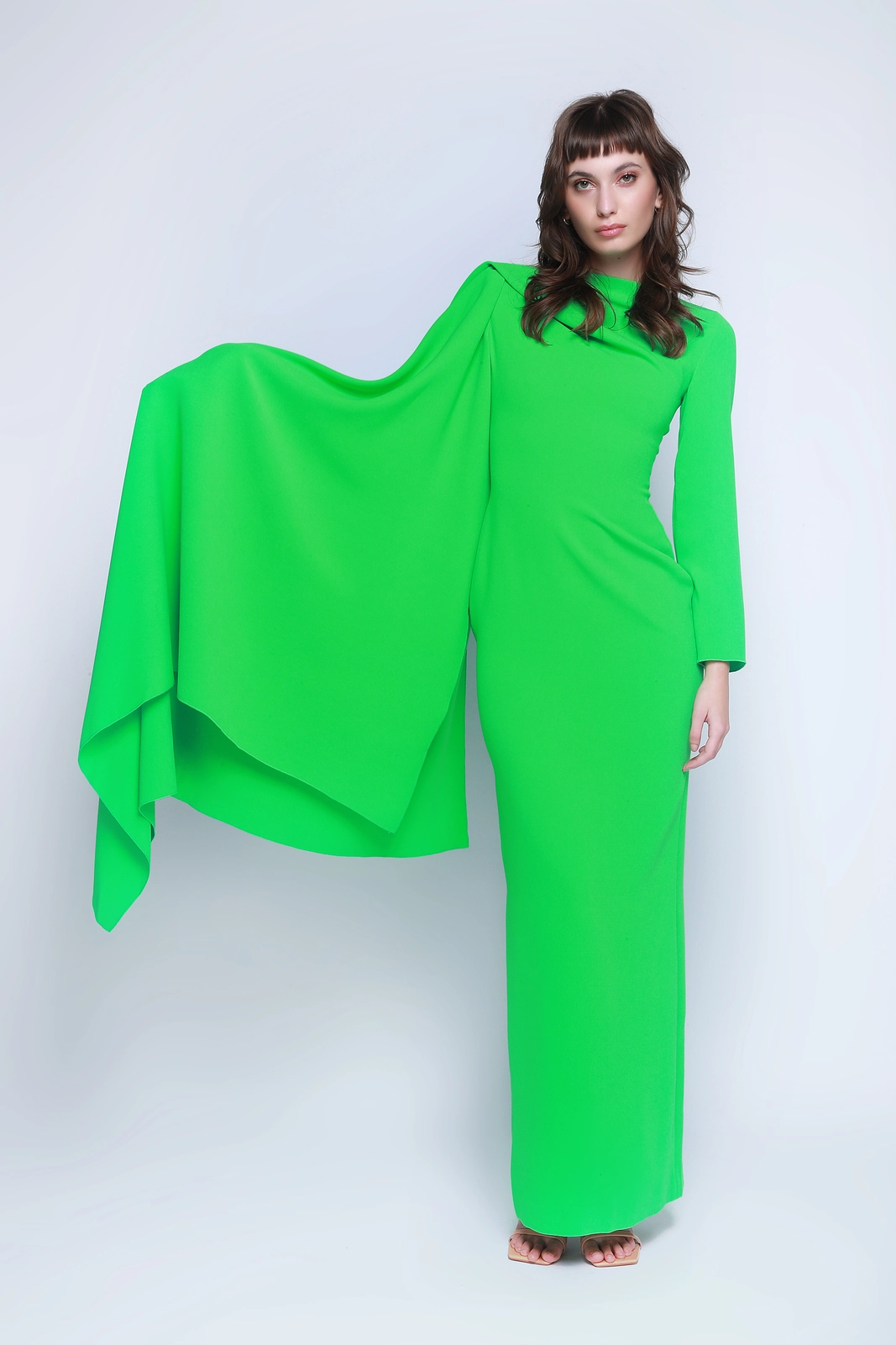
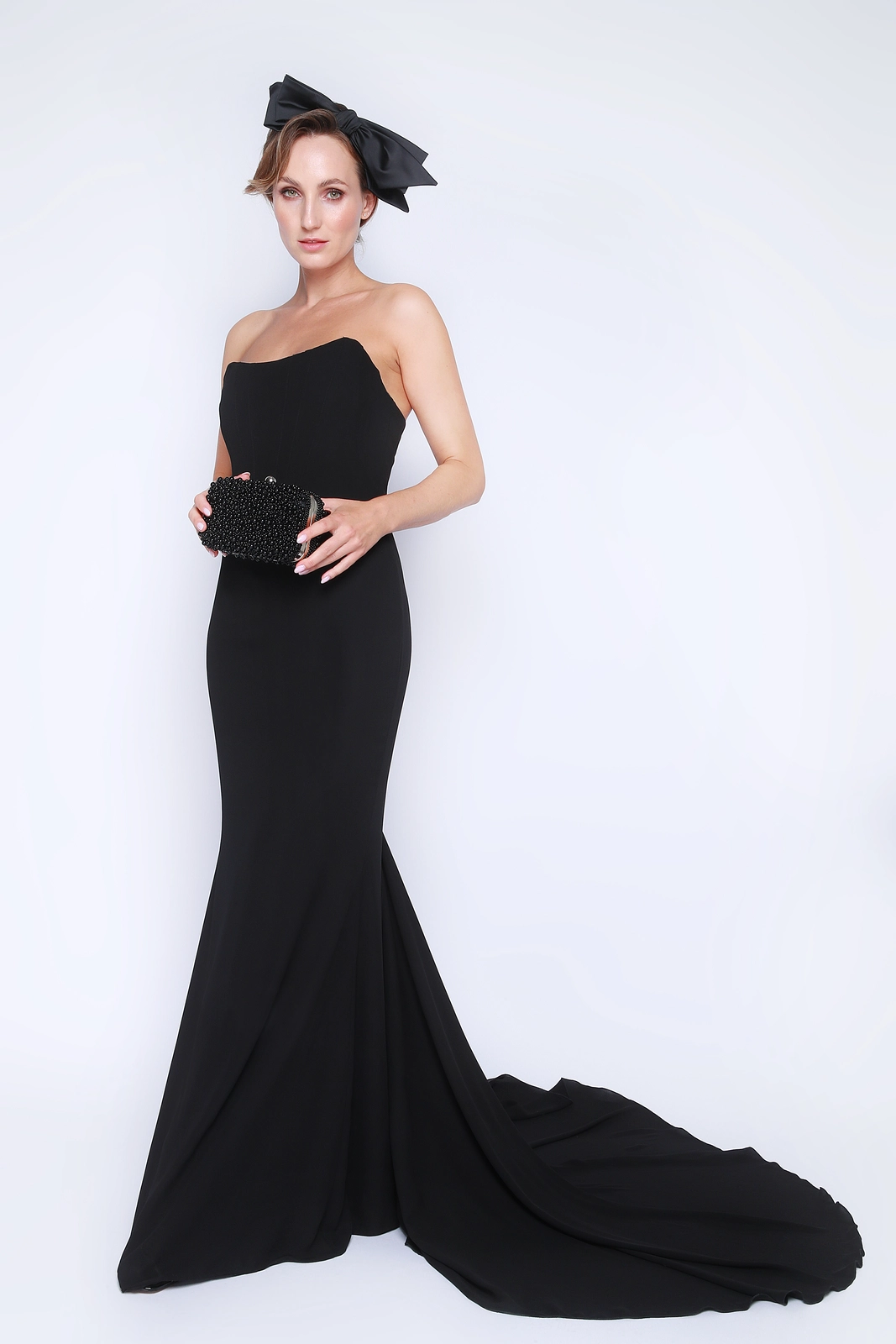
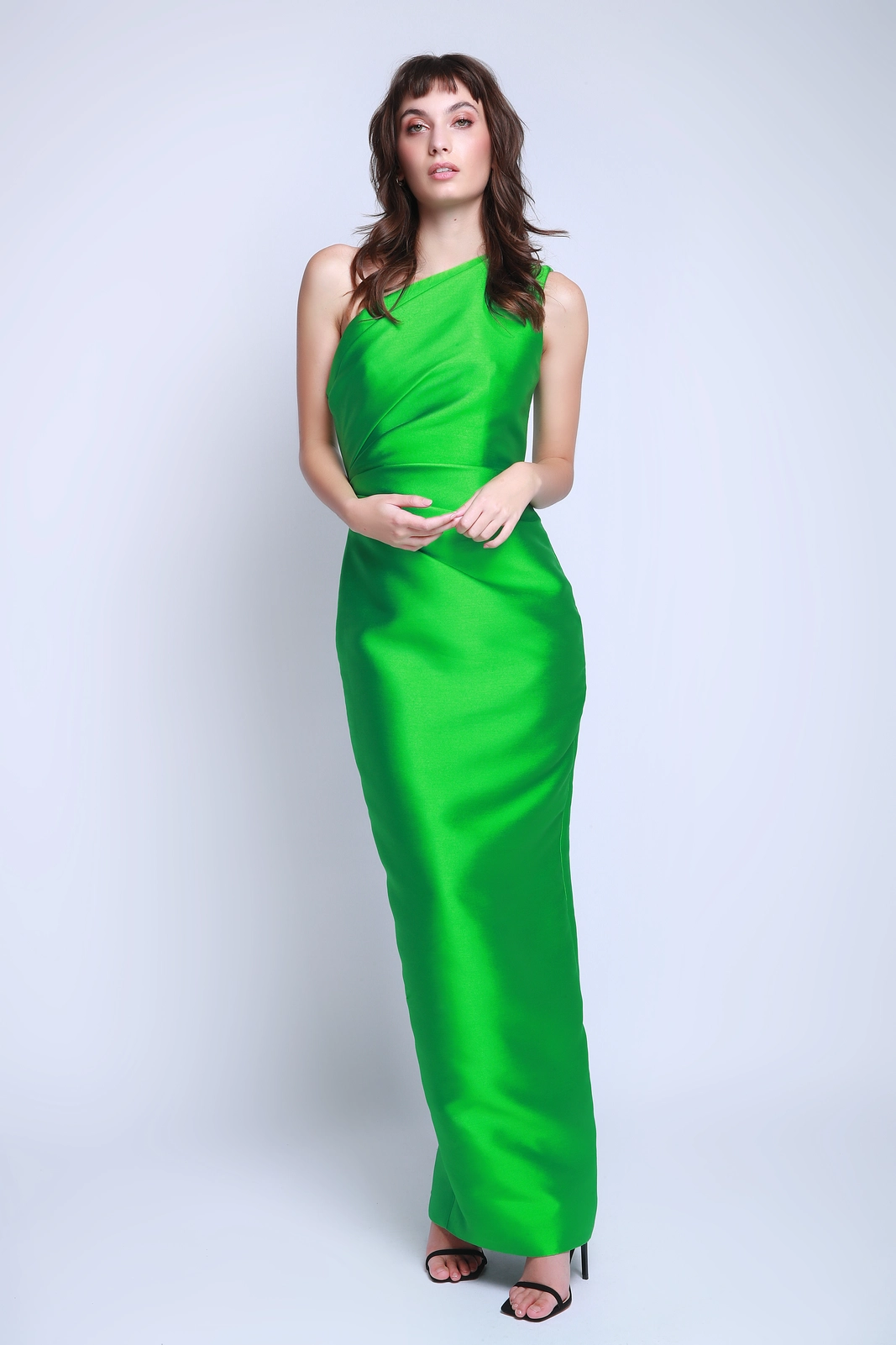
Black tie
Black Tie is most often encountered at parties, weddings and important events that are held in the evening.
Long dresses in dark colours are ideal for women. Of course, heeled shoes with closed toe and a colour-coordinated small handbag are a must. The perfect impression is accentuated by jewellery, for example diamond, pearl or gold jewellery is suitable.
Black tie creative
As the word creative suggests, it is a more imaginative form of Black tie. The aim is not to blend in.
The basic for women is the evening dressing room - long dresses can have bold colours, prints or even subtle cut-outs and necklines. Perfectly fitting suits and long jumpsuits are also allowed. Creativity can also be shown in accessories - bold handbags in imaginative shapes, hair ornaments or jewellery.
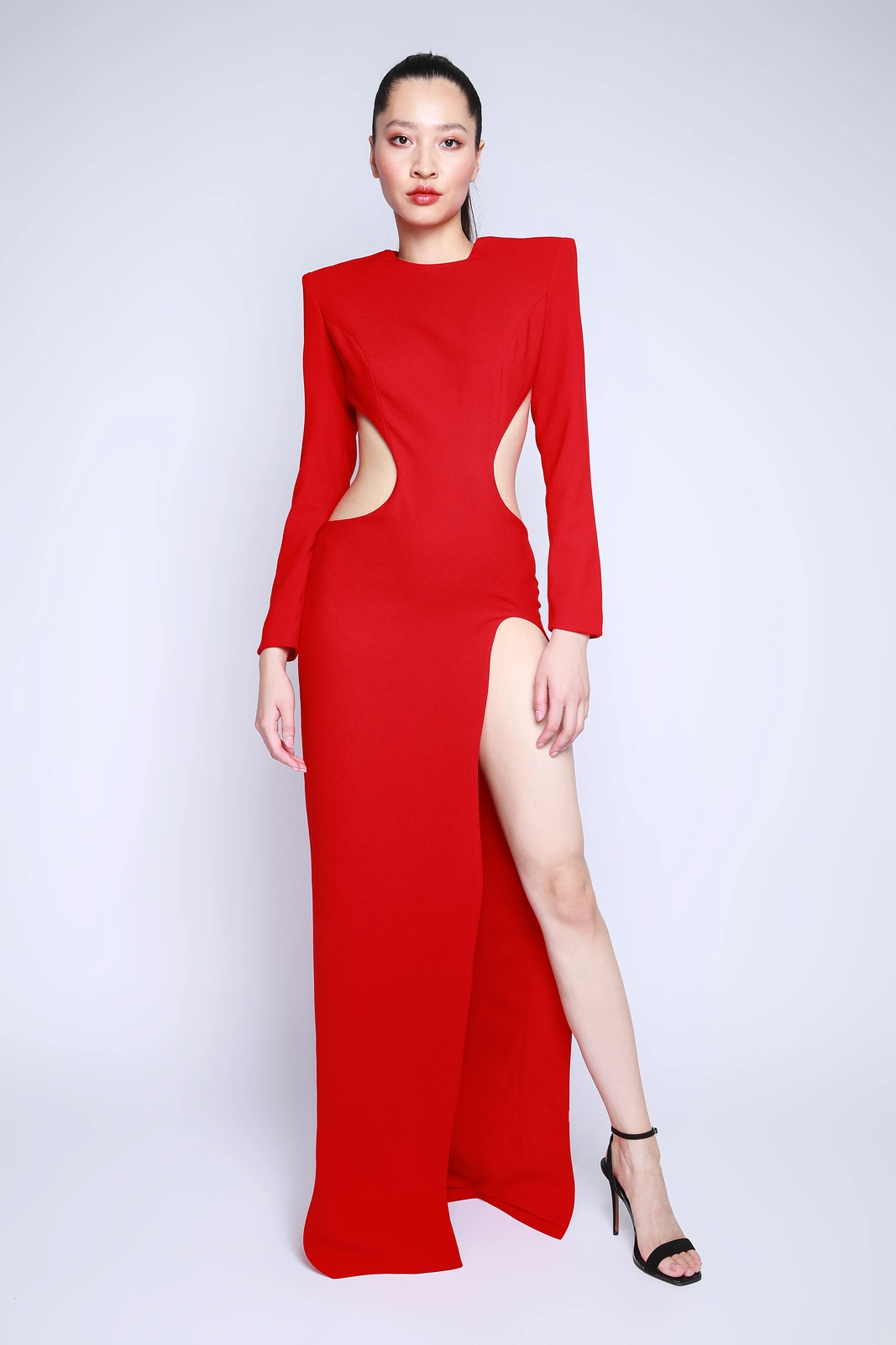
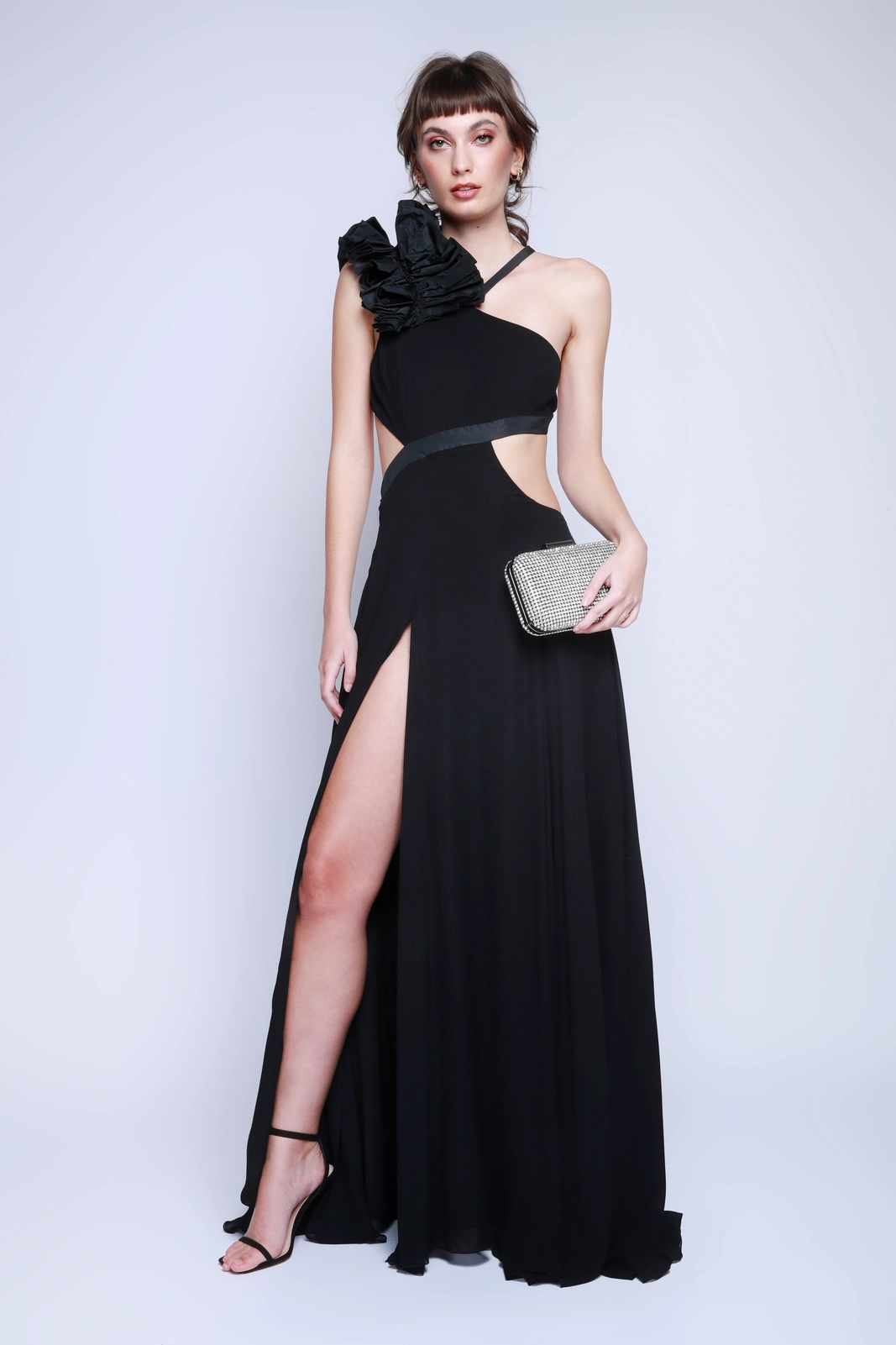
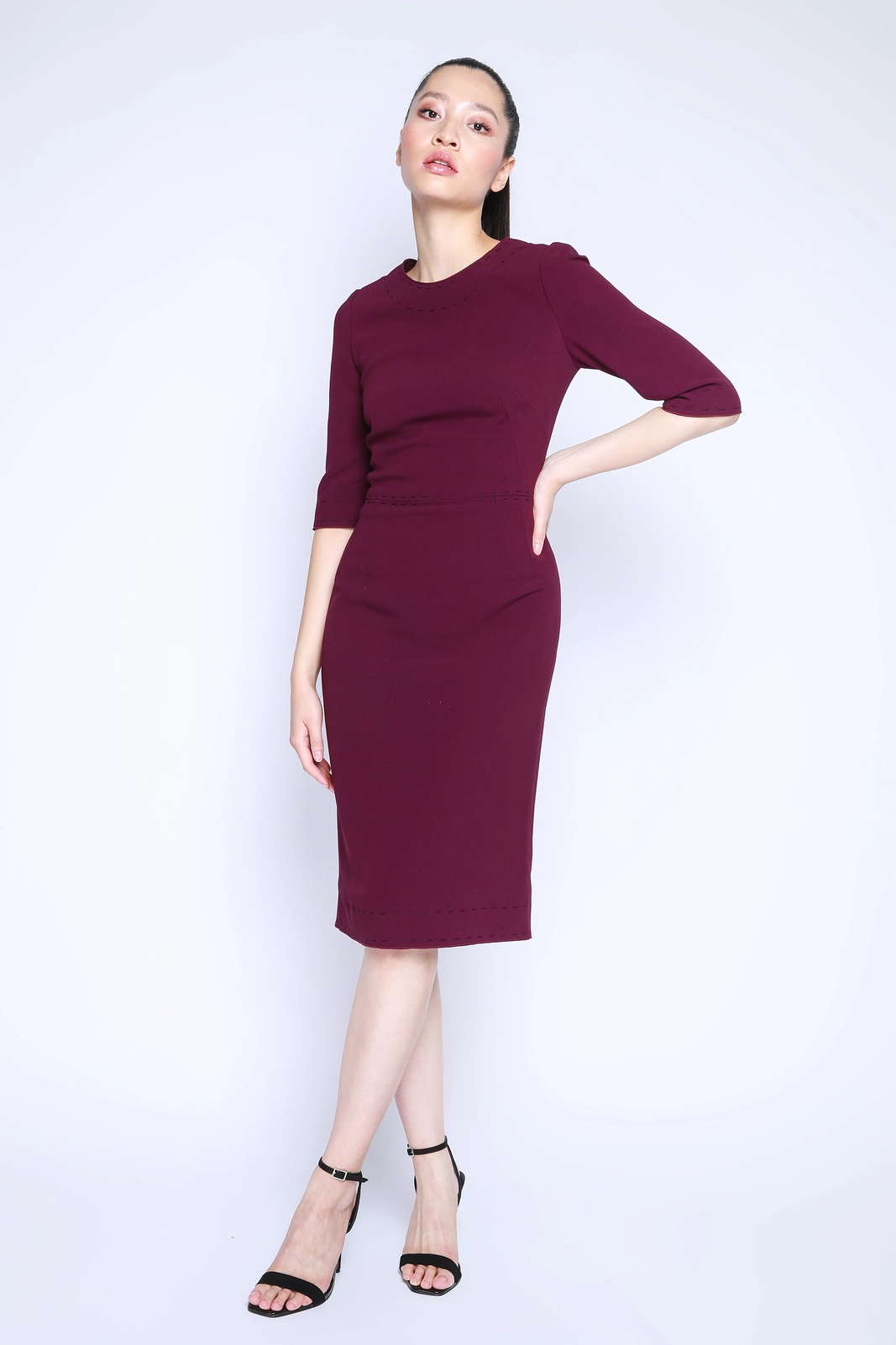
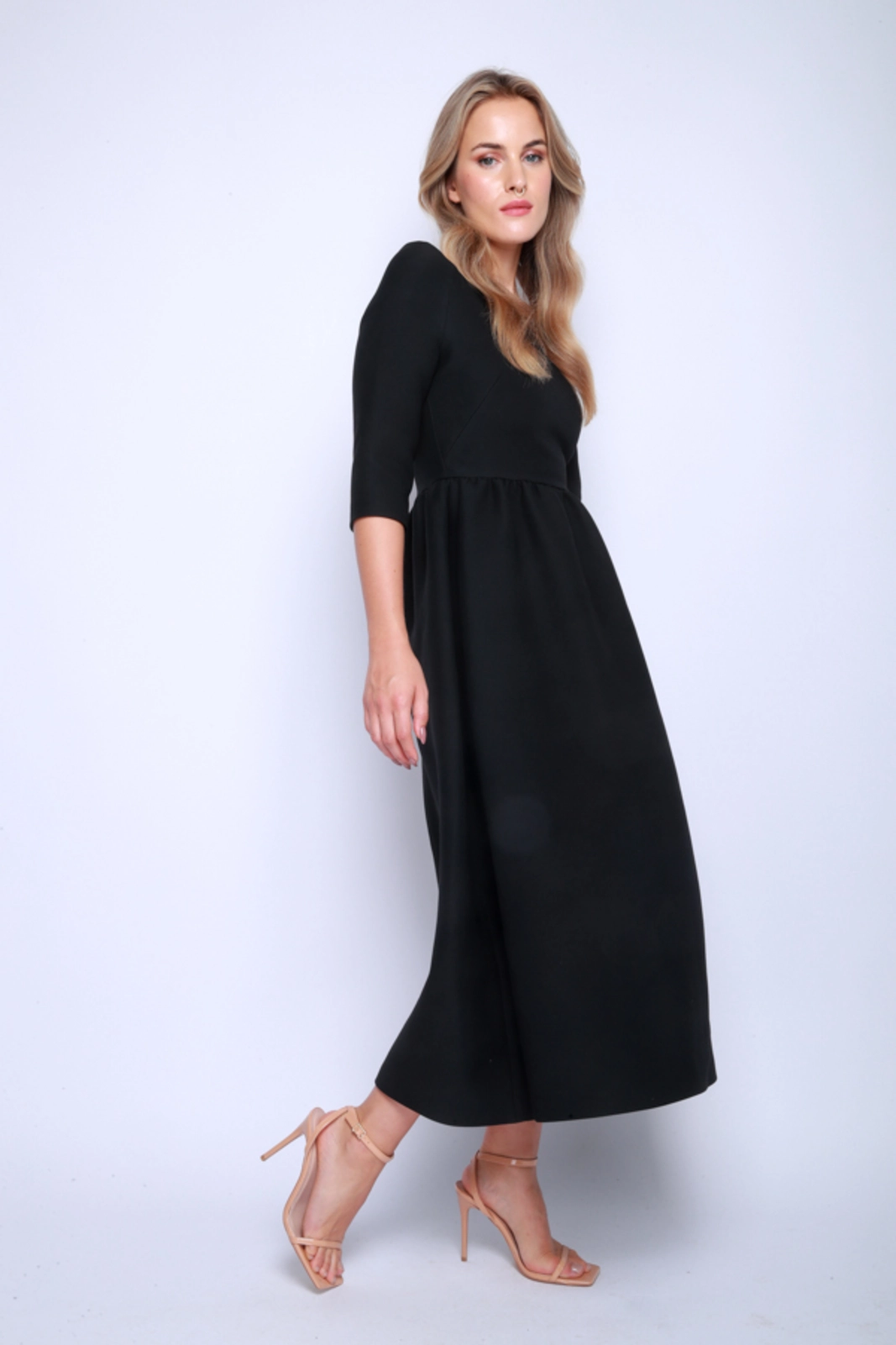
Business formal
Business dress code can be encountered very often. Business formal is a representative formal attire that means casual everyday dress for financiers, lawyers and businessmen.
A woman can choose between a skirt, dress, pants or suit. The suit should be conservative in darker colors. In summer, lighter shades can be chosen. Classic cuts are preferred, the skirt should be knee length. Business dresses should be solid colors or with a subtle pattern such as a plaid or stripe. It can be complemented with a hip-length jacket in the same colour. Suitable footwear is black leather pumps, ballerinas or men's style shoes. Moderation is preferred, both in the choice of jewellery and the make-up chosen.
Business casual
It is a style of dress that is commonly encountered in business life. Women have more freedom of choice than in the "business formal" style, the clothes are comfortable but do not lose their elegance.
Ladies can wear dresses, trouser or skirt suits, formal trousers or skirts. Combined with a blouse, shirt complemented by a sweater or vest. The length of dresses and skirts should always reach to the knee. High necklines and short skirts and revealing clothing are not appropriate at all.

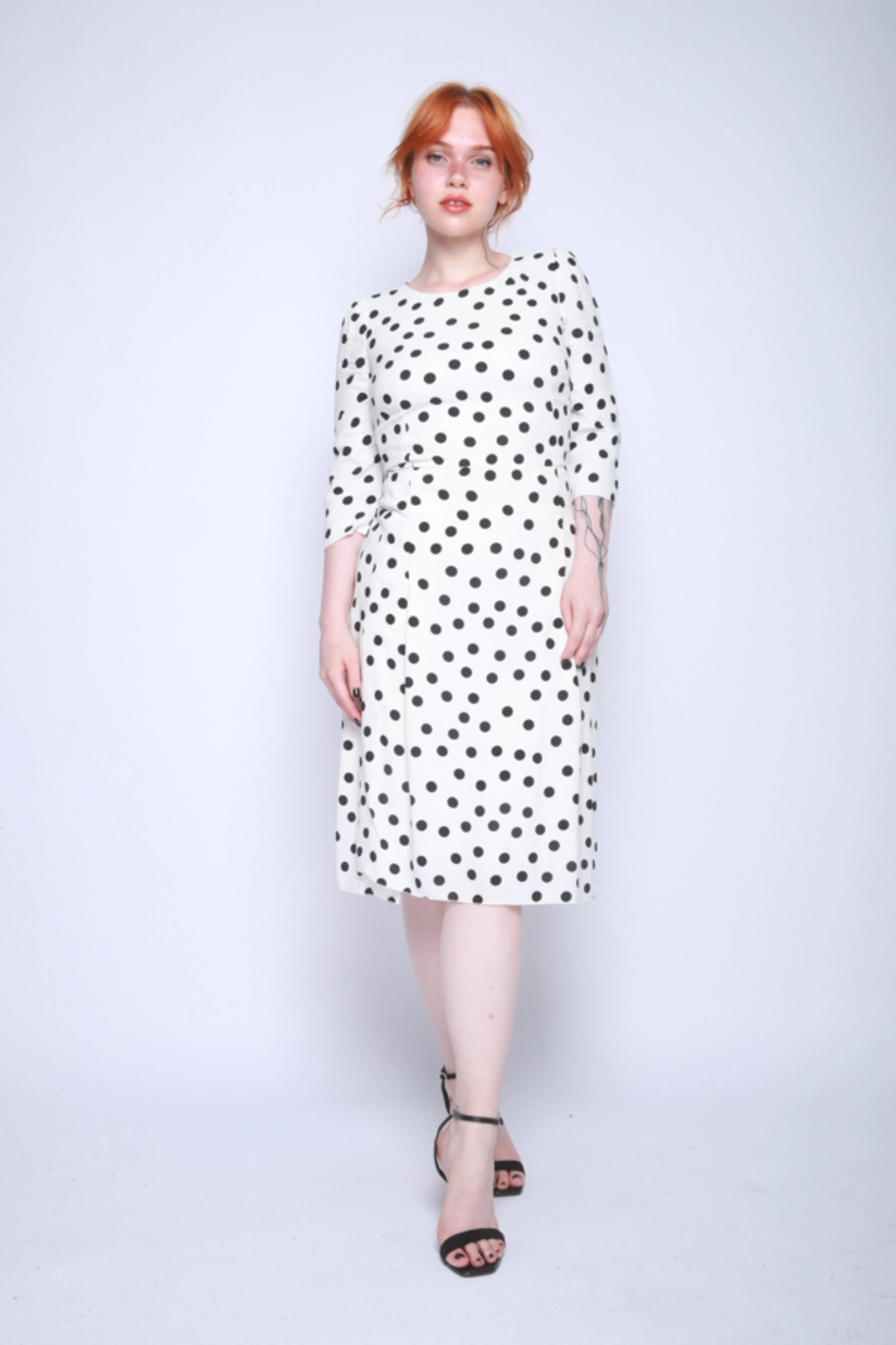
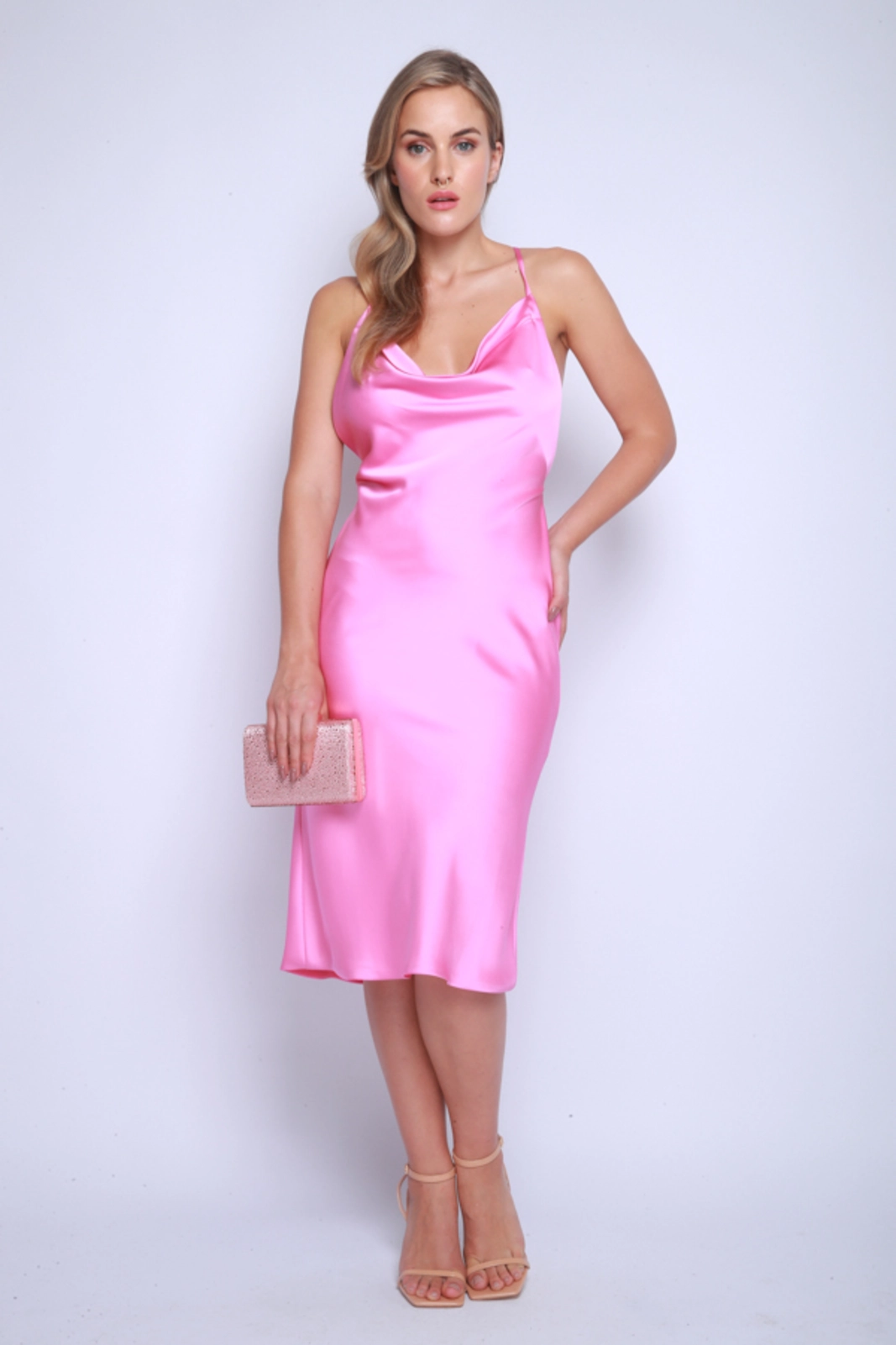
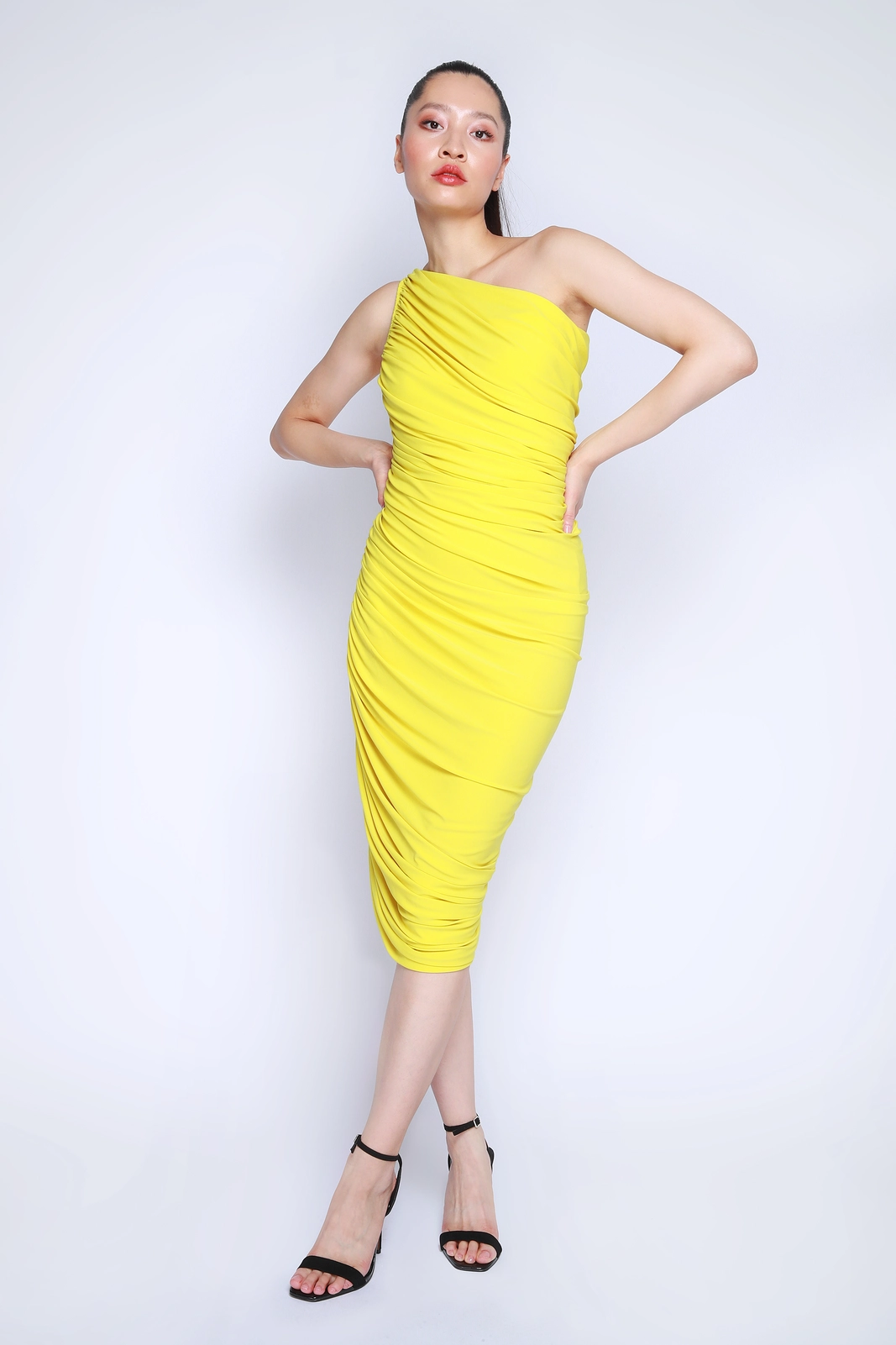
Casual
This style is casual leisurewear for everyday wear. It's a style of dressing without strict rules and regulations that reflects your personality. This includes T-shirts, jeans, skirts, shorts, dresses or even a sports jacket. In short, the clothes you normally wear when you go out with people. However, leave out outdoor or sportswear such as leggings, tracksuits or chunky and functional jackets.
Smart casual
It is a casual yet still elegant attire that mostly fits the norms and types of employment. Clothing should be fashionable and elegant. The clothing is combined in a creative way, and as a whole looks neat and elegant.
For women, modern dresses, skirts, overalls with a blazer or cardigan, black trousers or jeans with an elegant blouse or tunic are suitable. No special rules are given for handbag and shoes.
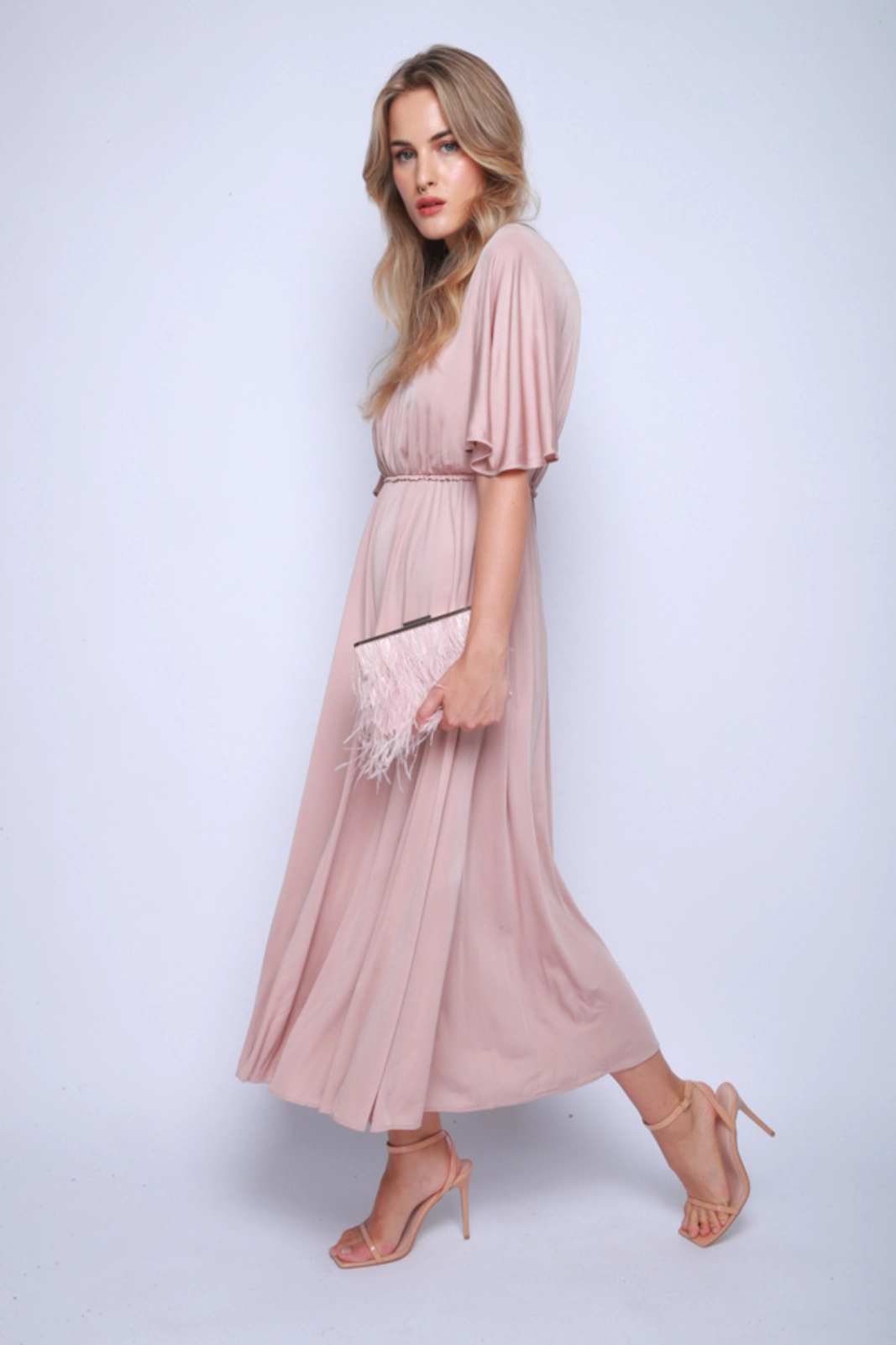
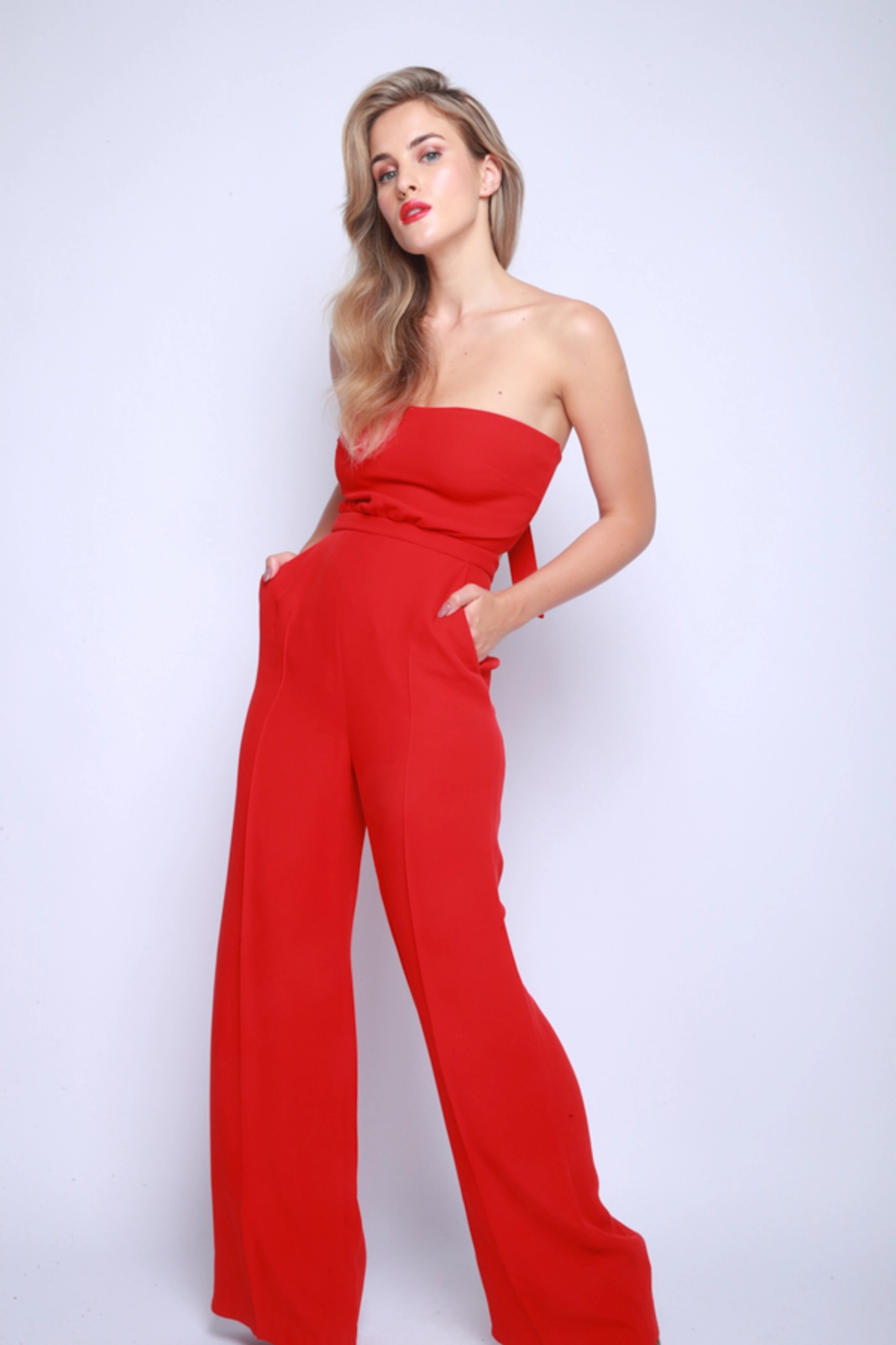
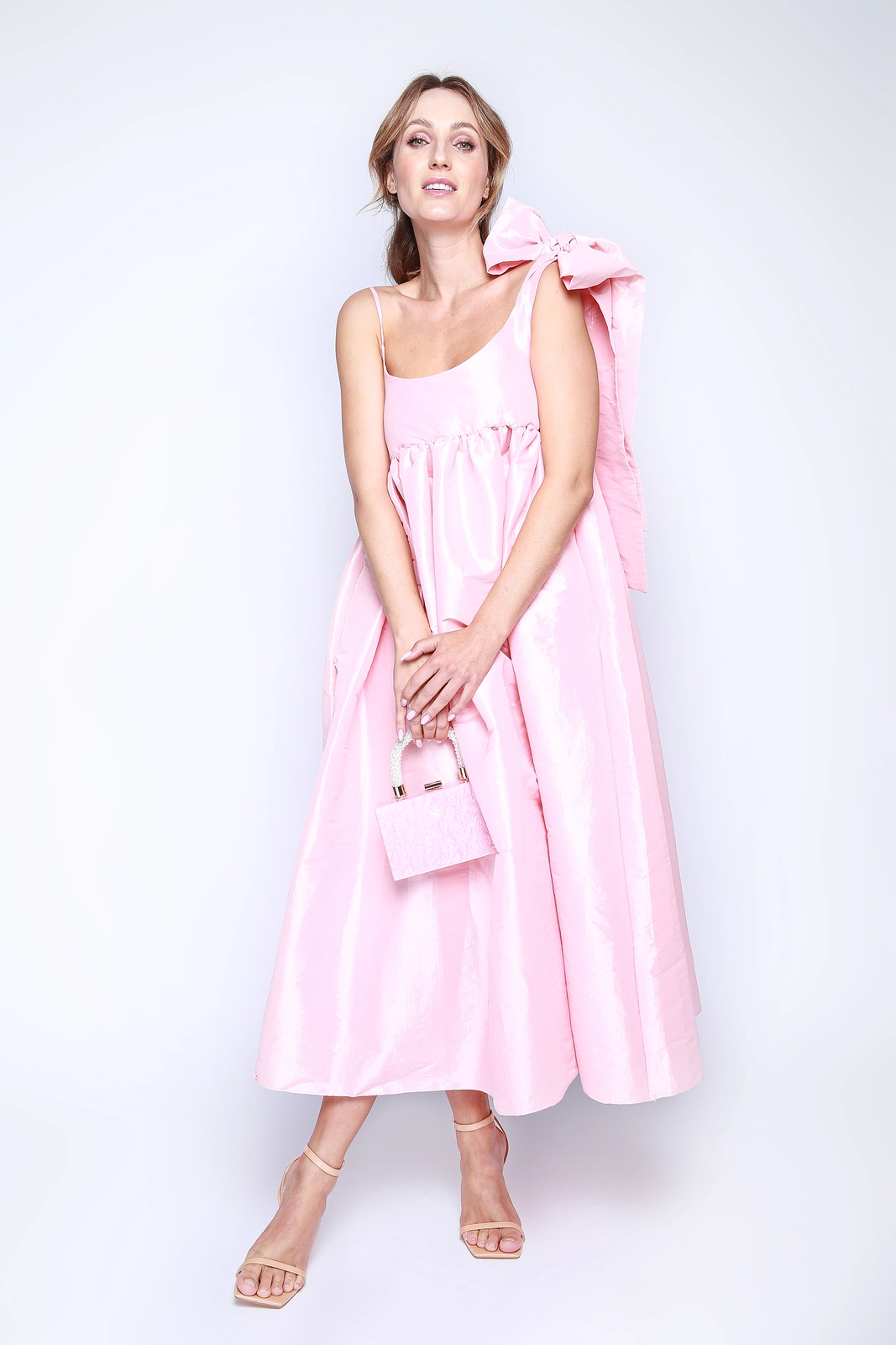
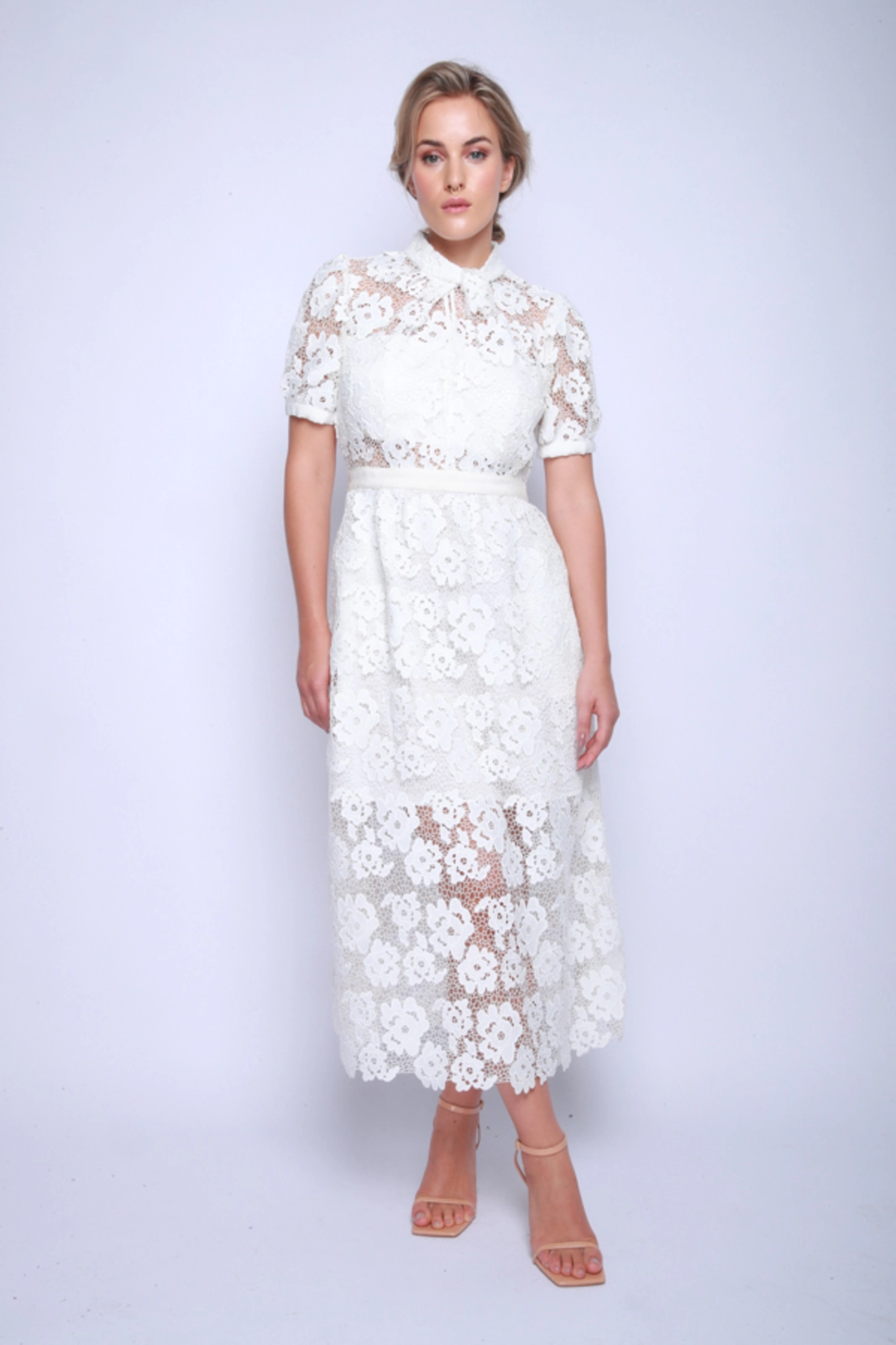
Coctail
As the name suggests, this style of dressing is suitable for parties and weddings.
Ladies shine in cocktail dresses with pumps or ballerinas and a small handbag. If women don't feel comfortable in a cocktail dress, they can opt for a trouser suit. This should be complemented with bold jewellery and make-up.
SPECIAL OCCASIONS THAT ARE GOOD TO KNOW
The type of event determines how festively to dress. A different dress code is required for an opening night at the National Theatre and another for an alternative scene in a small town.
National Theatre and State Opera
For the National Theatre and the State Opera, choose formal and festive attire, especially if you are going to a gala opening night. Evening dresses are suitable. However, do not confuse it with a ball gown. Simpler, flowing cuts and solid shades of darker colours are more suitable for the theatre. For a casual performance, you can opt for a skirt, but leave shorter than knee-length at home. On the other hand, go for a longer one combined with a smart top and jacket. Little black ones also offend no one and you can't go wrong with them.
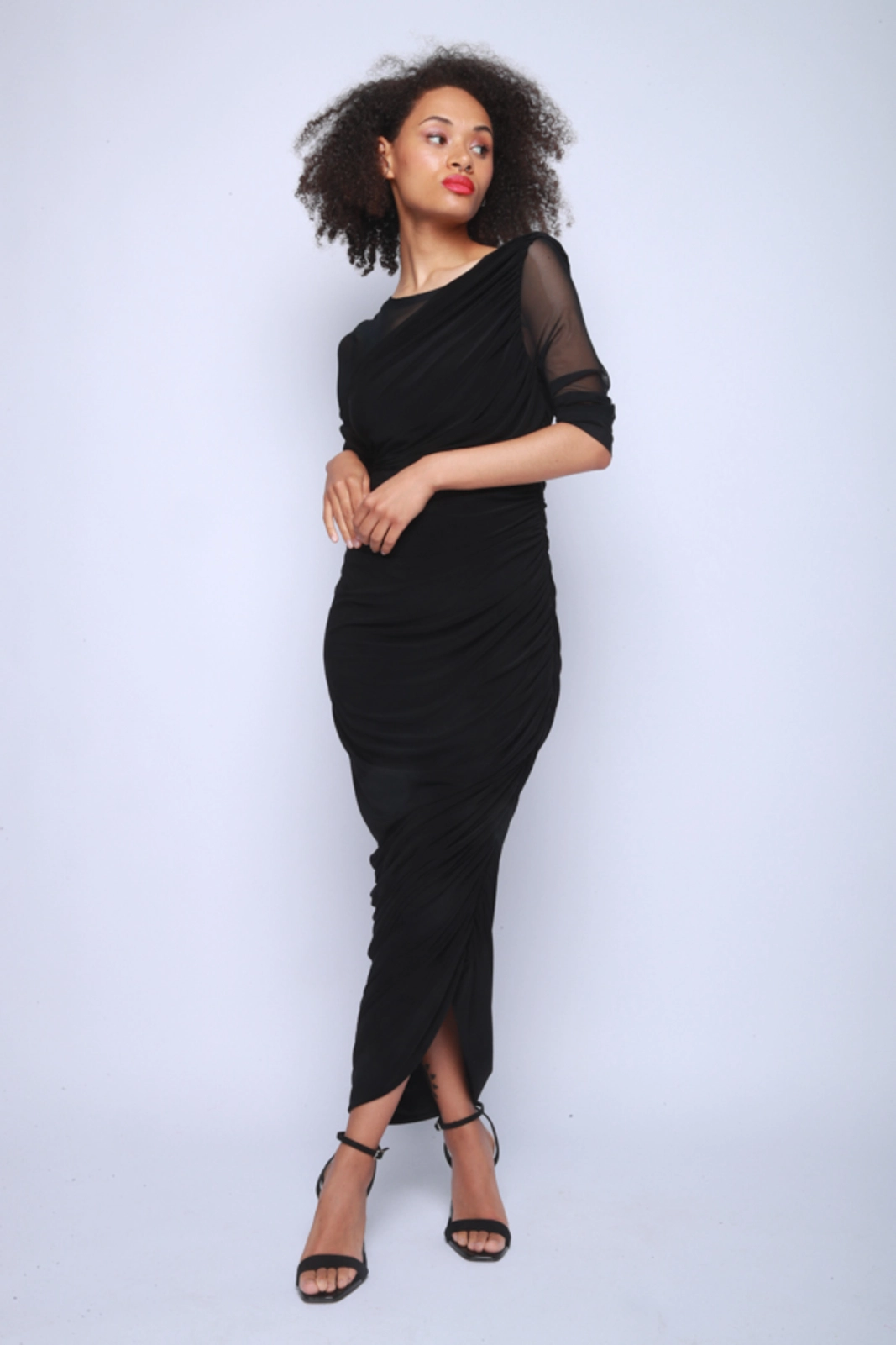
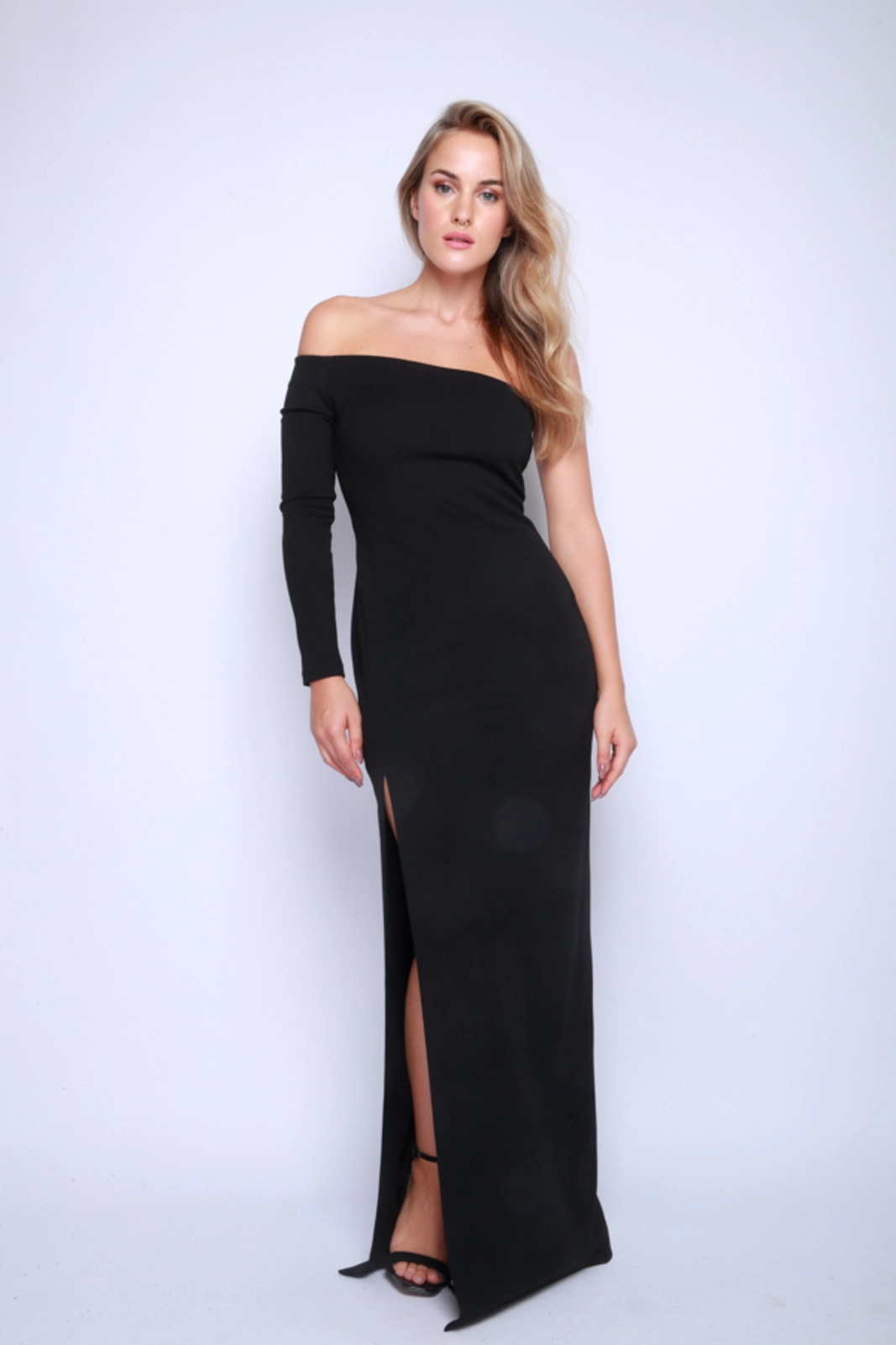
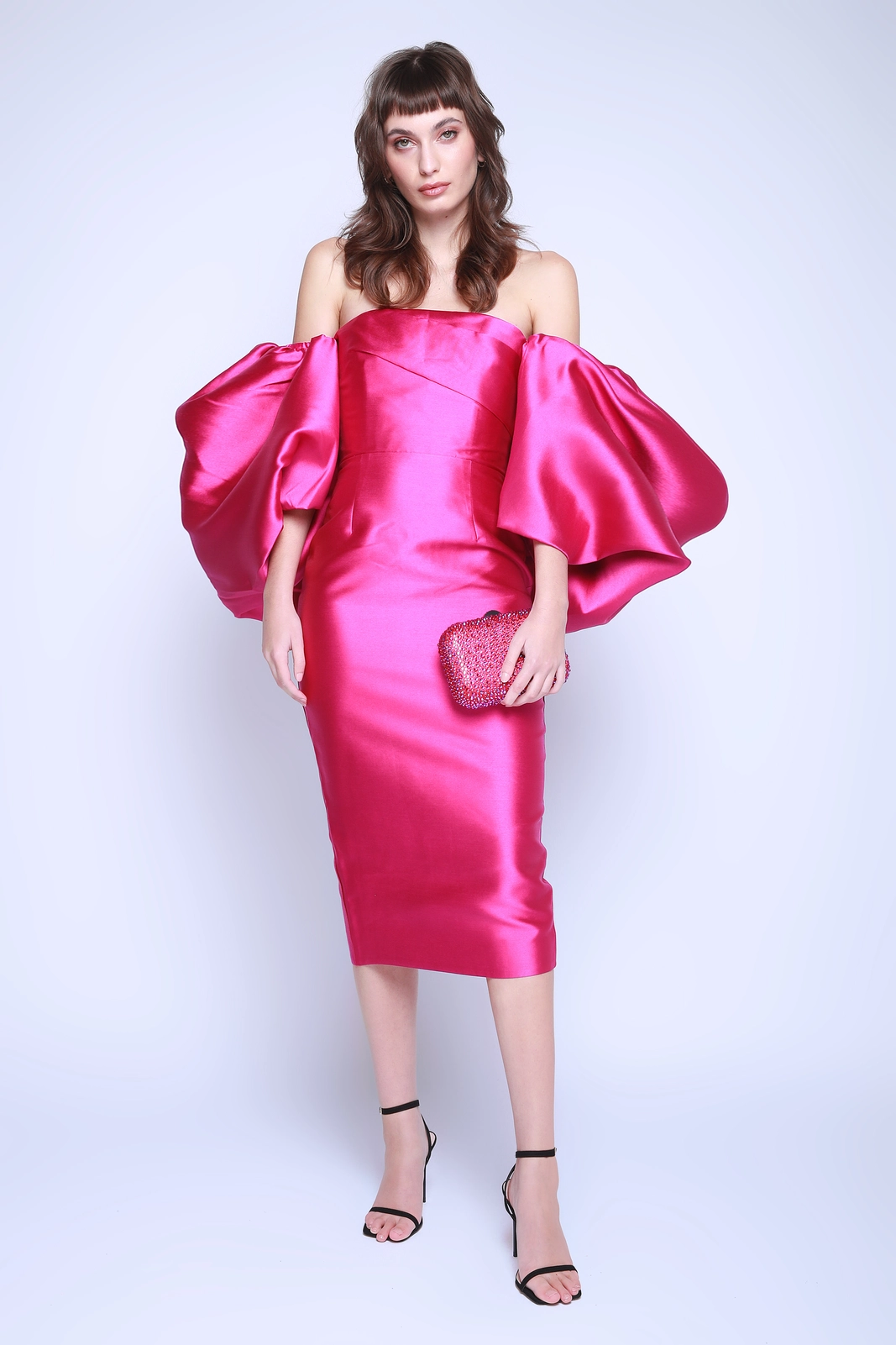
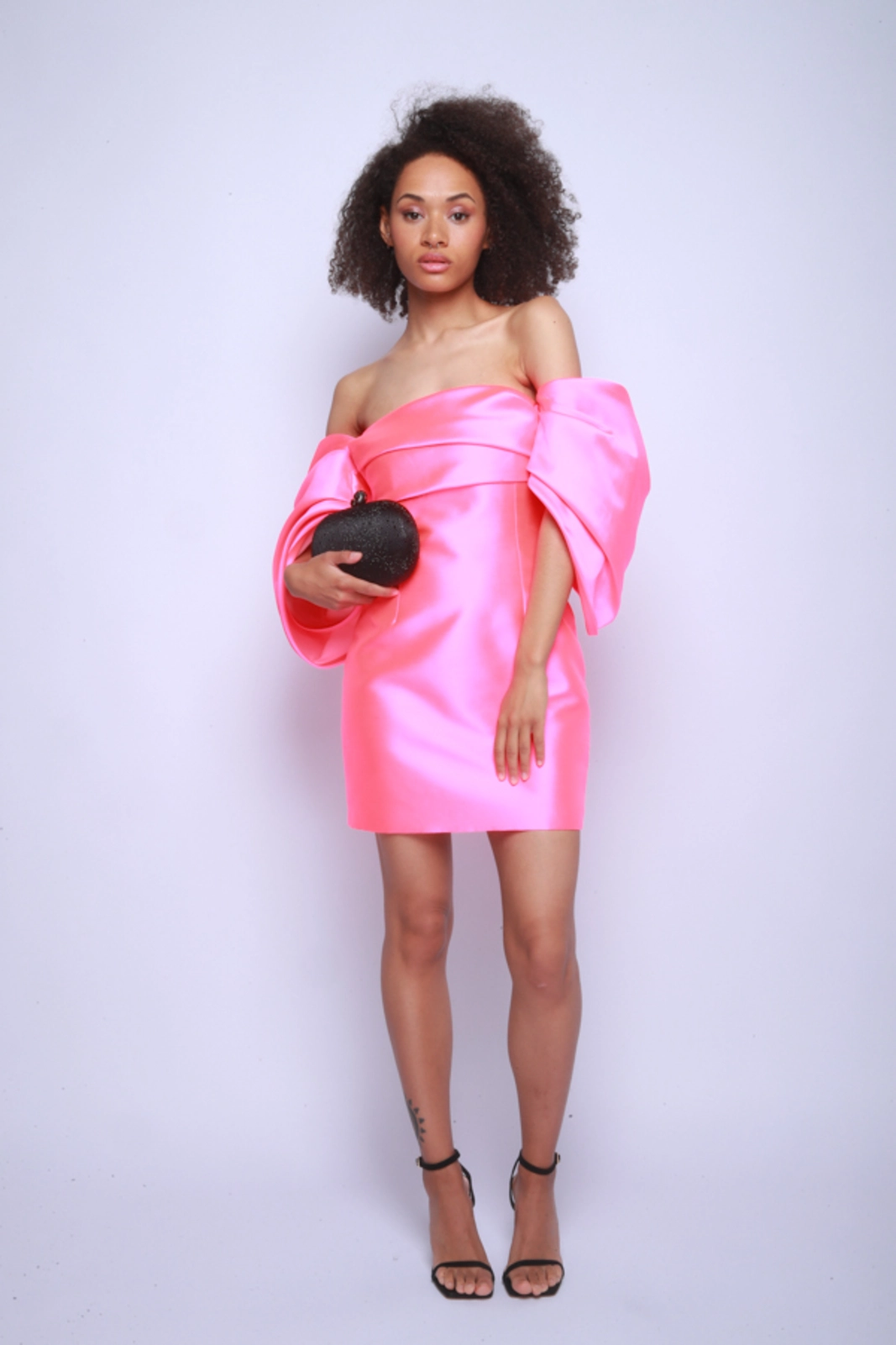
Film premiere
It should always be specified on the invitation and the dress code may vary. If it is not specified, you can't go wrong with a cocktail dress and bolder jewelry or handbag.